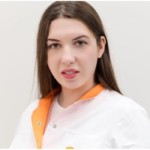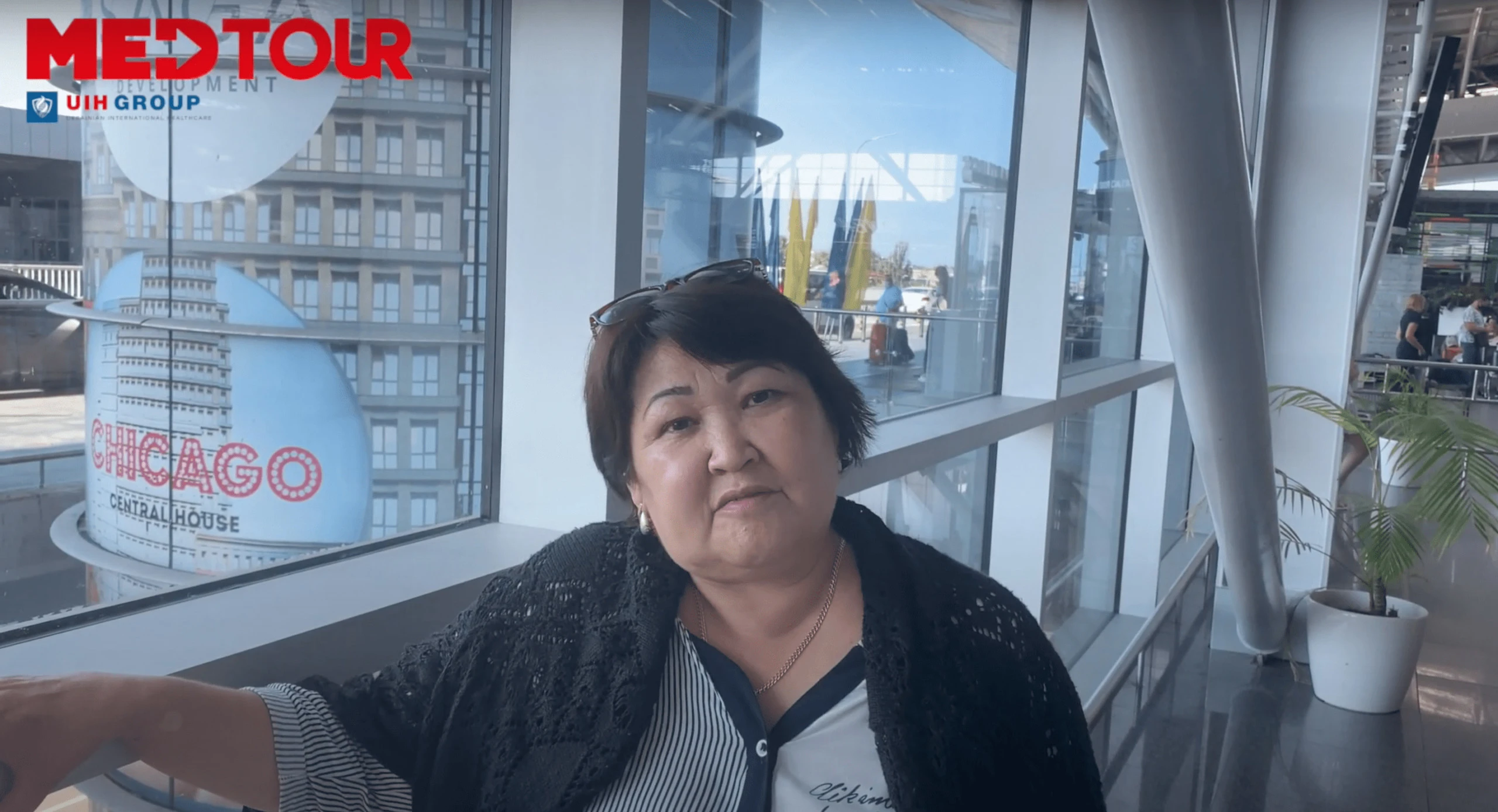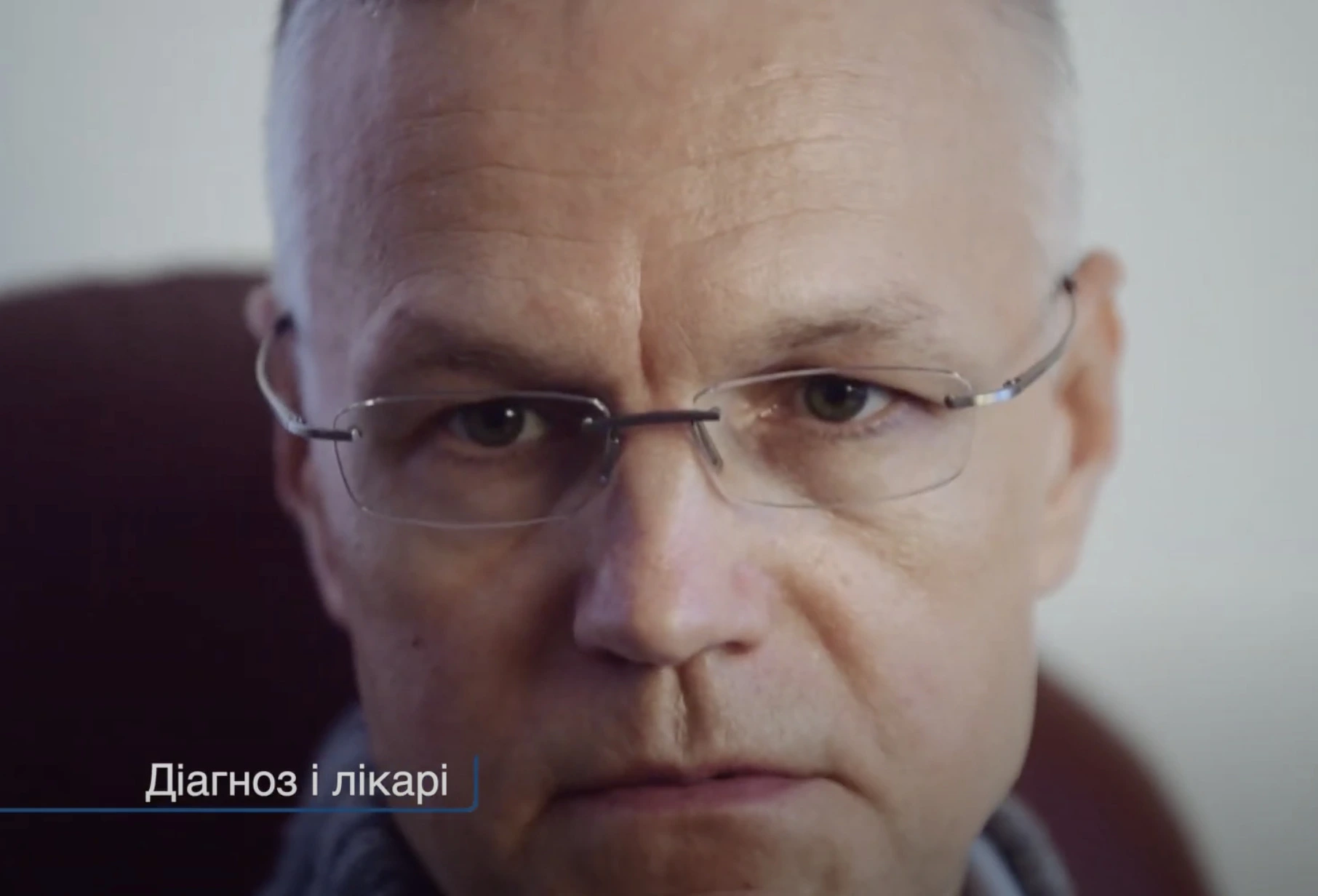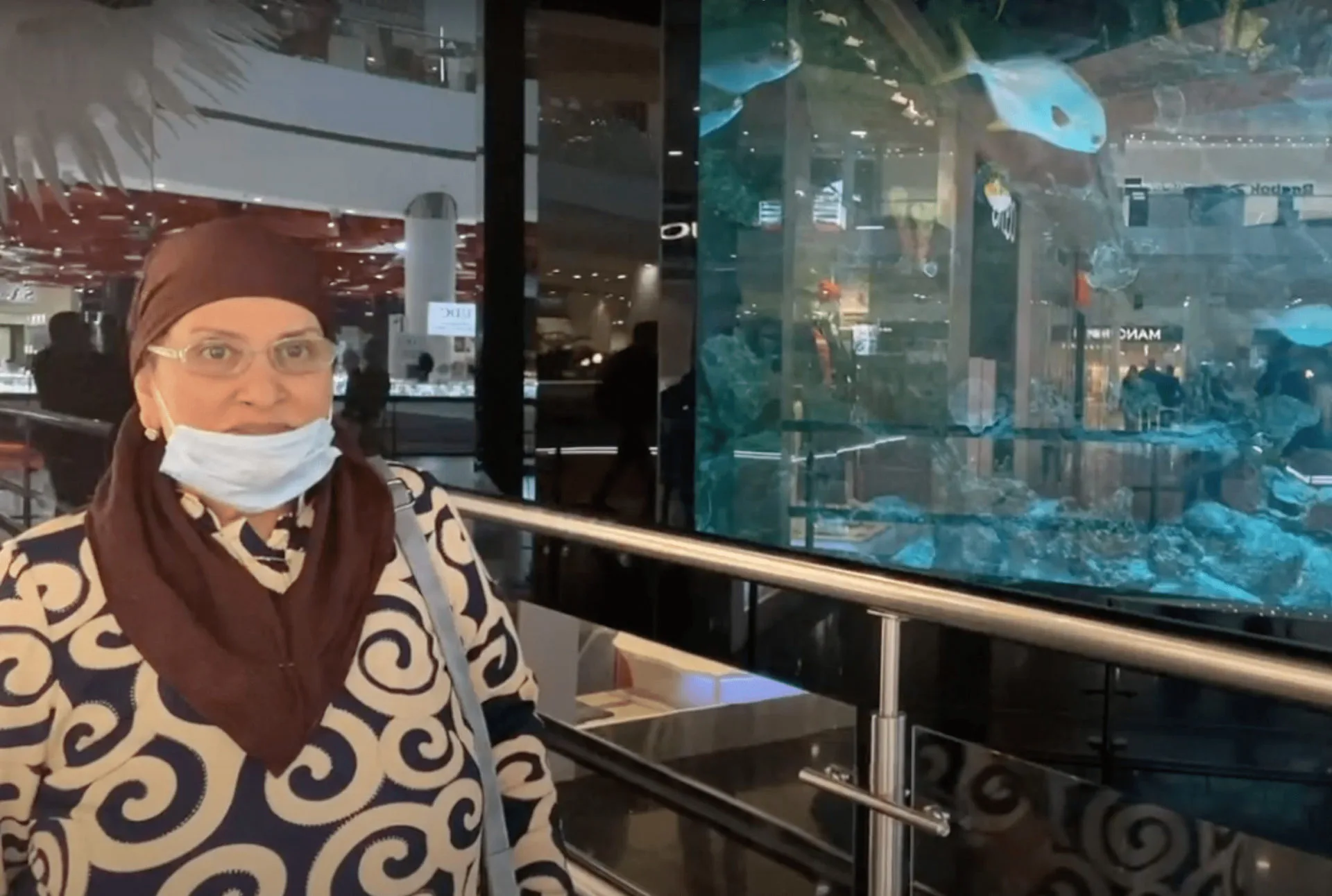Clinics of Spain
The high quality of medical services, modern multidisciplinary clinics and a warm, healing climate make Spain one of the most popular destinations for medical tourism. In the Global Wellness Tourism Economy report, experts ranked the country second in Europe and fifth in the world in the ranking of the best destinations for health recovery.
The Spaniards are distinguished by enviable longevity. Their average life expectancy is the highest in the European Union: 80 years for women and 74 years for men. In addition, Spain has the lowest rate of cardiovascular disease in the world. The main reasons for the good health of the inhabitants of the country are a balanced Mediterranean diet and developed medicine. According to the Wellcome Global Monitor, 97% of Spaniards trust their doctors and rate the quality of medical services as very high.
MedTour patients recommend clinics in Spain:
Frequently Asked Questions
Spain is a country with developed medicine. Here it is possible to undergo quality treatment and restore health in a mild Mediterranean climate. Additional benefits of treatment in clinics in Spain are:
- Highly qualified Spanish doctors;
- Application of innovative therapeutic techniques;
- Diagnosis of diseases at an early stage;
- Drawing up a personalized therapy plan;
- Access to the latest generation of medicines and advanced treatment methods;
- Individual rehabilitation program.
All areas of medicine are well developed in Spain. And yet, in some of them, Spanish doctors have made great strides.
In Spain, such a revolutionary method of treating cancer diseases as immunotherapy is used. Doctors at the Clinical Hospital of Barcelona have developed a new program called CAR-T ARI-0001. They are now using it successfully to treat leukemia and lymphoma.
Many patients from abroad come to Spain for epilepsy treatment. Antonio Russi, practicing at Teknon Medical Center, is considered the best epileptologist in the world. He uses innovative therapeutic techniques such as deep brain stimulation, laser surgery and robotic surgery.
In addition, various types of cancer, cardiovascular diseases, and pathologies requiring surgical intervention are successfully treated in the country. Spain is one of the world leaders in organ transplantation.
The final cost may vary as it is influenced by various factors. The main ones are:
- The type and severity of the disease;
- The need for surgical intervention;
- Length of hospital stay;
- Clinic pricing policy.
Examples of prices for diagnostics and treatment in Spain:
- Basic check-up – from $2 300;
- CT scan of one body segment – from $750;
- MRI of one body segment – from $700;
- Ultrasound of one area of the body – from $200;
- Hip arthroplasty – from $15 000;
- Brain tumor surgery – from $30 000.
At the moment, due to the COVID-19 pandemic, patients from abroad can come to Spain for treatment only if they have a vaccination passport or a negative PCR test result.
To get treatment in a Spanish clinic, it’s necessary to leave a request on the MedTour website. A medical coordinator will help:
- Find the best clinic and suitable doctors;
- Collect all necessary medical documentation;
- Arrange an appointment at the clinic;
- Solve all additional issues related to treatment in Spain (booking flight tickets and accommodation, airport transfers, accommodation of relatives and others).
Benefits of medical centers in Spain
According to the report by the World Health Organization, Spain is ranked 7th in the ranking of countries with the best health care system. The same report says that the country ranks 2nd in Europe in terms of the quality of medical care.
They maintain high standards of quality of medical services. There are 454 clinics in Spain, equipped with the most modern equipment and a highly professional medical staff. This is possible thanks to sufficient state funding for the medical industry: Spain spends up to 10% of GDP on healthcare. According to WHO, this is a very large amount.
There are more than 35 educational institutions in the country where future doctors are trained. Many of them are trained in the most prestigious clinics in the USA and Europe. To obtain a general practitioner license in Spain, people need to study for 6 years. Highly specialized doctors also undergo additional training, which lasts at least 5 years. Therefore, Spanish doctors are considered to be among the most qualified in the world.
Spain has created comfortable conditions for patients from abroad. International departments operate in large multidisciplinary clinics. Most of the Spanish doctors speak English, and a translator is available if necessary. Many clinics in Spain are located in picturesque regions of the country, where the mild climate and sea air contribute to a quick recovery.
Diagnosis of diseases in Spain
Clinics in Spain have modern equipment for laboratory and instrumental research. The healthcare system is designed in such a way that patients can pass all the diagnostic tests within one medical center, without wasting extra time standing in queues.
Check-up
A check-up is a comprehensive examination of the body, which allows doctors to identify various diseases at an early stage, even before the onset of symptoms. In addition, preventive examinations provide an opportunity to detect risk factors and adjust the patient’s lifestyle in order to avoid the development of diseases in the future.
Clinics in Spain offer comprehensive basic programs for women and men. If you have a tendency to certain diseases, you can go through a specialized check-up – cardiological, gynecological, gastroenterological, oncological and others. Some Spanish medical centers offer diagnostic packages for athletes and people leading an active lifestyle, as well as beauty-check-up (identification of risk factors for aging and disorders of internal processes that negatively affect appearance).
Diagnostic visualization
Spanish doctors actively use medical imaging equipment, which allows doctors to literally look inside the patient’s body without resorting to surgery. Clinics in Spain use such modern installations as:
- 64-slice computed tomography – allows doctors to get a high-quality image of the internal structures of the body, and the visualization process takes less time. These scanners make it possible to thoroughly examine moving organs, such as the heart and lungs. In this case, the radiation exposure to the patient is reduced by 50%.
- MRI InBore Experience – many patients are afraid to undergo magnetic resonance imaging because of the loud sounds that the tomograph makes. Some Spanish clinics have modern installations in which the noise level is reduced by 80%, and augmented reality technologies allow to create a comfortable atmosphere during the study.
Imaging diagnostics in Spain also involves the use of modern ultrasound methods (CEUS – contrast-enhanced ultrasound, elastography), digital mammography, positron emission tomography and other techniques that allow detecting diseases at an early stage.
Endoscopic examinations
Endoscopy is a minimally invasive examination that allows the doctor to assess in detail the condition of the hollow organs and body cavities. The procedure is carried out using a special device – an endoscope. It is a long flexible tube equipped with a light source and a micro-video camera, which the doctor inserts into the natural openings of the body. In the course of an endoscopic examination, the doctor can not only detect pathological changes in tissues, but also take samples of them for subsequent histological analysis. The following modern techniques are used in clinics in Spain:
- High-resolution endoscopy in NBI mode. Due to the multiple magnification of the image, the doctor can examine in detail not only the surface of the mucous membrane, but also its capillary structure. NBI mode improves surface contrast without the need for dyes. The method allows doctors to diagnose precancerous and cancerous changes in the mucous membrane at an early stage.
- Capsule endoscopy. An effective and safe way to examine the digestive tract. Its main value lies in the ability to assess the condition of the small intestine, which is difficult to visualize with other endoscopy methods. The patient swallows a capsule with a micro-video camera, which passes through all parts of the gastrointestinal tract and takes pictures, which are transferred to a recording device.
- Endoscopic ultrasound. It is a combination of endoscopic and ultrasound diagnostics. During the procedure, the doctor identifies suspicious areas, and then activates the ultrasound transducer for a deeper analysis of the tissues. Using this technique, a wide range of pathologies are diagnosed, including polyps, carcinoids, cysts and pseudocysts, neuroendocrine and other malignant tumors.
Laboratory diagnostics in Spain
Spanish clinics have powerful laboratories for a wide variety of analyzes. As in many other developed countries, special attention in clinics in Spain is paid to the early diagnosis of cancer. Previously, histological examination was considered the gold standard in oncology. With its help, doctors determined the type of tumor, selected treatment and made a prognosis.
With the development of molecular diagnostics methods, it became possible to study cancer tissue in more depth and determine its characteristics. Today in clinics in Spain there is the possibility of a complete genetic assessment of a tumor using a new generation sequencing method. This technology allows doctors to “read” several parts of the genome at once. Determination of the molecular characteristics of cancerous tissue is necessary in order to select the correct treatment using targeted therapy. It is the targeting of certain mechanisms necessary for the growth and spread of cancer cells. For many patients, targeted therapy remains the only chance of a cure.
Innovative treatments in Spain
Clinics in Spain use progressive methods of treatment. Some of them were developed by Spanish scientists, others are the result of close cooperation with the most prestigious medical centers in the USA and Europe.
Oncology treatment in Spain
Thanks to the early diagnosis of cancer and the use of modern therapeutic developments, the survival rate of patients with cancer in Spain has doubled over the past 40 years. At the moment, such indicators are only in the United States and the most developed countries of Europe. In addition to standard methods of anticancer therapy, the following innovative methods are used in oncological centers in Spain:
- Proton therapy. One of the forms of radiation therapy that allows doctors more accurately act on cancerous tumors without damaging the healthy surrounding tissue. This method of treatment is preferable if the malignant focus is located near structures and organs that are extremely sensitive to radiation, such as a brain tumor. Proton therapy is also used to treat cancer in children, allowing to reduce radiation exposure to a developing body.
- Targeted therapy. The method involves the use of drugs that block the mechanisms that cancer cells need to divide, grow and spread. In their practice, Spanish oncologists use the most modern targeted drugs, using them both as an independent method of therapy and in combination with other types of anticancer treatment.
- Immunotherapy. Today it is the most revolutionary method of cancer treatment. In oncological centers in Spain, there is the possibility of treating acute lymphoblastic leukemia and lymphoma using the CAR-T therapy method. Immune cells (T-lymphocytes) are isolated from the patient’s blood. They are then modified in the laboratory to recognize and attack malignant cells. After that, genetically modified T-lymphocytes are reintroduced into the patient’s body, stimulating his immune system to fight the disease. Recently, the Spanish Agency for Medicines and Health Products (Aemps) approved the first non-profit public CAR-T therapy, developed entirely at the Barcelona Clinical Hospital, called CAR-T ARI-0001.
Surgery in Spain
Spanish surgeries undergo extensive professional training. To obtain a license in general surgery, they need to study for 6-7 years. This is followed by 5 years of specialized training. Many surgeons undergo training in the best medical centers in the USA and Europe, which makes them one of the most qualified specialists in the world.
Most operations in clinics in Spain are carried out in a minimally invasive way – through small incisions. This approach reduces the risk of infection and bleeding, leaves no scars, and significantly shortens the postoperative rehabilitation period.
More than 70 medical centers in Spain have Da Vinci surgical systems, which perform high-precision urological, gynecological, thoracic and general surgical procedures. Spanish doctors are fluent in robotic-assisted surgery techniques, which allows them to successfully cope with even the most difficult cases.
Epilepsy treatment in Spain
Epileptologists in Spain believe that the success of epilepsy treatment largely depends on a quality diagnosis. Therefore, for the examination of patients, such specialized techniques are used here as long-term video-EEG monitoring and single-photon emission computed tomography of the brain, MRI according to the epileptological protocol.
In most cases, the treatment of epilepsy in Spain begins with the selection of an effective conservative therapy. However, in 30% of cases, seizures persist even after treatment with antiepileptic drugs. Spanish epileptologists pay special attention to identifying drug-resistant epilepsy at an early stage. This is especially important when treating children, as the disease can lead to long-term social, cognitive, psychiatric and occupational problems.
For the treatment of drug-resistant epilepsy in Spain, doctors use the following progressive techniques:
- Laser surgery. The surgeon makes a hole with a diameter of 3 mm in the patient’s skull and inserts a special probe into it. Laser radiation destroys the epileptogenic focus, while the doctor monitors the result of the treatment using MRI in real time. This avoids damage to the surrounding healthy areas of the brain. Laser surgery is more accurate and less invasive than traditional surgery.
- Robotic surgery. This treatment is currently available at Teknon medical center. More than 80% of patients with temporal lobe epilepsy operate here with the Neuromate Renishaw stereotaxic robotic system. It allows doctors to act on epileptogenic foci with unsurpassed accuracy.
- Deep brain stimulation. During the operation, the surgeon implants an electrode in the thalamus (the area of the brain that transmits signals from the senses to other parts of the brain), guided by the data of the neuronavigation system. The doctor then places wires under the skin that lead from the electrode to the power unit implanted in the clavicle. It generates electrical impulses that affect the epileptic focus and help stop seizures.
In Spain, epilepsy is treated by world-renowned doctors. For example, the epileptologist Antonio Russi, practicing at the Teknon clinic, has been helping patients who have been abandoned by doctors at other clinics for many years.
Transplantation in Spain
Transplantation is one of the most developed fields of medicine in Spain. In 2019, the organ transplant success rate was 114.8 per million inhabitants, second only to the United States, where the number slightly exceeded 116. The patient survival rate after organ transplants in Spain is one of the highest in the world.
The success of this medical direction in the country is largely due to the activities of the National Organization for Transplantation (ONT) and the introduction of the so-called Spanish model. It includes a set of activities aimed at encouraging organ donation. Many developed countries have already adopted this system.
In Spain, donor surgeries are carried out mainly in a minimally invasive way, often using robotic technology. For example, a patient who donates a kidney will have no visible scars after surgery, and recovery will only take 2-3 days.
Cardiac surgery in Spain
The death rate from cardiovascular disease in Spain is the lowest in the world. And one of the reasons for this is the developed cardiac surgery care. Many interventions on the heart and blood vessels in clinics in Spain are performed in a minimally invasive way – through a small incision between the ribs. Here, this approach is used to carry out operations such as:
- Minimally Invasive Direct Coronary Artery Bypass (MIDCAB);
- Off-Pump Coronary Artery Bypass (OPCAB);
- Transcatheter Aortic Valve Replacement (TAVR);
- Reconstruction of the mitral valve MitraClip;
- Treatment of the most common congenital abnormalities: defects of the interventricular and interatrial septum;
- Removal of benign tumors.
Treatment of children in Spain
Clinics in Spain successfully treat a wide range of diseases in children. The use of specialized therapeutic protocols allows Spanish doctors to achieve high rates of effectiveness even in the most difficult cases. Treatment success rates are:
- 98% for heart surgery;
- 97% for the treatment of epilepsy with deep brain stimulation;
- 96% for removing brain tumors;
- 95% for related bone marrow transplantation;
- 84% for the treatment of Ewing’s sarcoma.
- 80% for bone marrow transplant from an unrelated donor;
Every year in Spain, between 120 and 140 organ transplants are performed for children, which is approximately 6% of all such operations carried out in the world. In this country, kidney transplants are performed on children weighing less than 10 kg. Transplantation at an early age avoids the negative impact that kidney failure has on the physical and mental development of the child.
Why is it worth getting treatment in Spain
When contacting medical centers in Spain, patients receive:
- Quality medical services;
- Diagnosis of diseases at an early stage using the most modern instrumental and laboratory methods;
- Access to advanced treatment methods;
- The ability to restore health in a mild Mediterranean climate;
- Comprehensive rehabilitation tailored to personal needs.
To sign up for treatment in one of the Spanish clinics, leave a request on the MedTour website. The coordinating doctor will help you choose the best medical center based on the nature of your medical condition, and will recommend the most suitable doctors.
Published:
Updated:

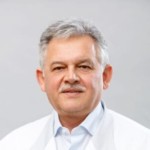
Information on this webpage verified by the medical expert
